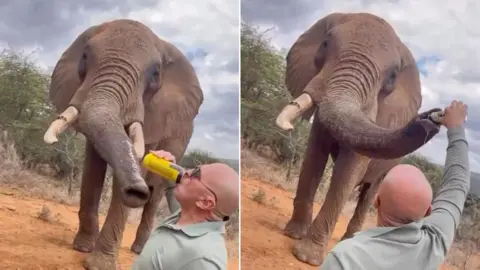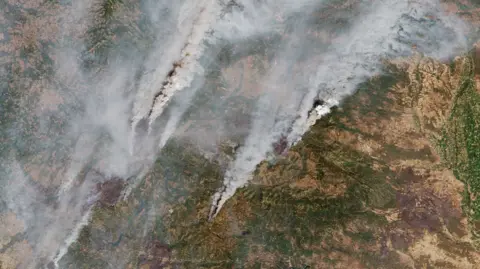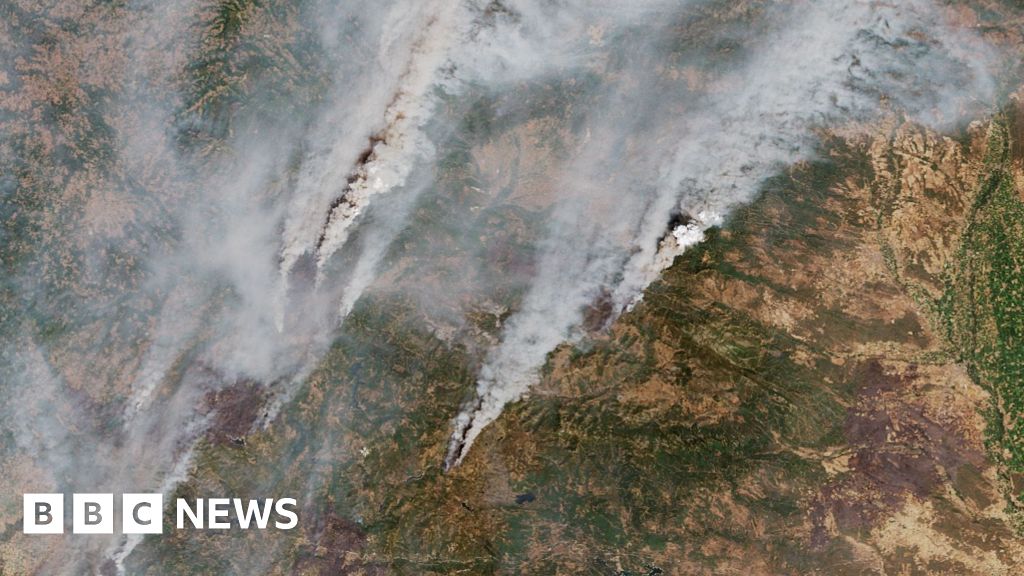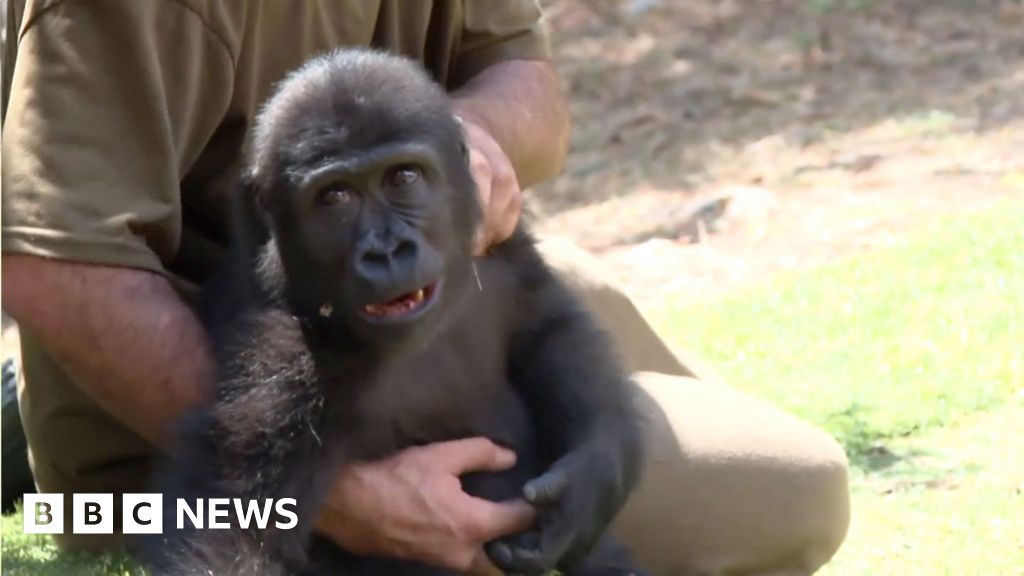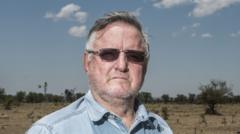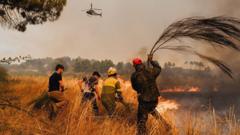The arrival of spring has once again sparked a familiar conundrum among gardeners: how to cope with the disruptions caused by climate change. This season brings a medley of emotions, as the winter silence gives way to the first hints of life—a fleeting glimpse of red-winged blackbirds and the emergence of snowdrops from the frost-kissed ground. Yet, the reality of the gardens tells a different story.
Despite the hopeful signs, our vegetable gardens remain icy mud puddles, and flower beds lie dormant, masked in leftover mulch. The persistent presence of deer transforms from a mere nuisance to a formidable adversary, as they boldly breach makeshift barriers to feast on young foliage. Meanwhile, familiar furry neighbors are mysteriously absent; the chipmunks and raccoons remain hidden away in their lairs, while the usual sounds of nature are still silenced by winter's lingering grasp.
There was a time when the allure of a greenhouse felt like a dream worth pursuing. Now, amid the tug of spring, the notion of hibernation seems more appealing: to take a break from sowing and nurturing, to revel in winter walks and note the subtleties of frozen landscapes, to curl up next to a fire and immerse in gardening catalogs—envisioning a future garden that surpasses the trials of the past.
Such hopes are encapsulated beautifully in the words of poet Vita Sackville-West, where the gardener skillfully blends dreams of the possible with the impossible. However, with the weight of last year’s challenges still on their minds, many gardeners are left pondering what is realistically achievable in these changing times and how to effectively adapt to the new realities of their beloved craft.
Despite the hopeful signs, our vegetable gardens remain icy mud puddles, and flower beds lie dormant, masked in leftover mulch. The persistent presence of deer transforms from a mere nuisance to a formidable adversary, as they boldly breach makeshift barriers to feast on young foliage. Meanwhile, familiar furry neighbors are mysteriously absent; the chipmunks and raccoons remain hidden away in their lairs, while the usual sounds of nature are still silenced by winter's lingering grasp.
There was a time when the allure of a greenhouse felt like a dream worth pursuing. Now, amid the tug of spring, the notion of hibernation seems more appealing: to take a break from sowing and nurturing, to revel in winter walks and note the subtleties of frozen landscapes, to curl up next to a fire and immerse in gardening catalogs—envisioning a future garden that surpasses the trials of the past.
Such hopes are encapsulated beautifully in the words of poet Vita Sackville-West, where the gardener skillfully blends dreams of the possible with the impossible. However, with the weight of last year’s challenges still on their minds, many gardeners are left pondering what is realistically achievable in these changing times and how to effectively adapt to the new realities of their beloved craft.






